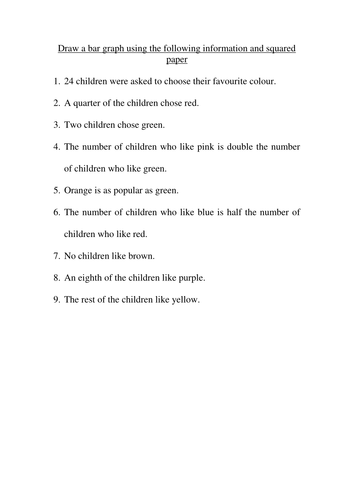Statistics
In these chapters, the study of data comes to life as pupils become aware of its prevalence in their everyday existence.
To begin with, pupils will learn that data can be presented in the form of a list of numbers or objects, or as a table, chart or graph. They will look at how different types of data can be recorded before using and analysing these representations to solve increasingly difficult problems. In addition, they will also find simple summary statistics, including the mean average.
Pupils will work with given data sets, as well as those they have collected. In order to encourage them to appreciate that data and statistics are all around them (and not just in mathematics), examples should be set in familiar contexts. As such, pupils may look in magazines and brochures, as well as on the internet, to find real-life statistical use.
The study of statistics offers an opportunity to reinforce pupils’ understanding of number, place value and the four operations in the solving of problems. More specifically, graphs, charts and tables may offer useful links to time, fractions, ratio and proportion. It is important that such connections are made explicit, and that pupils have a chance to use statistics in other topic areas as well.


